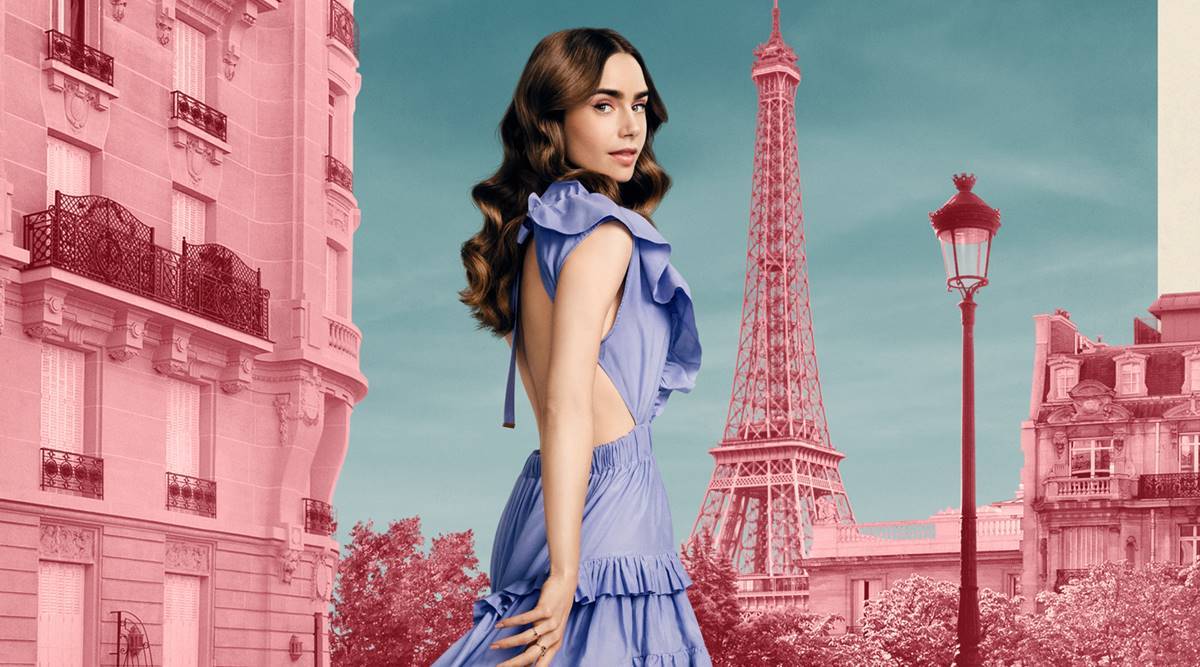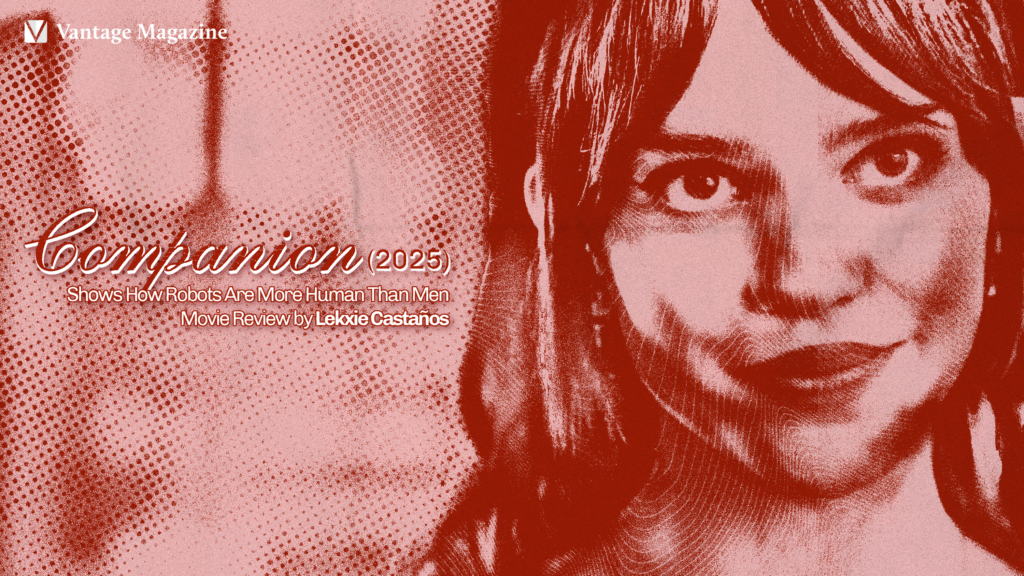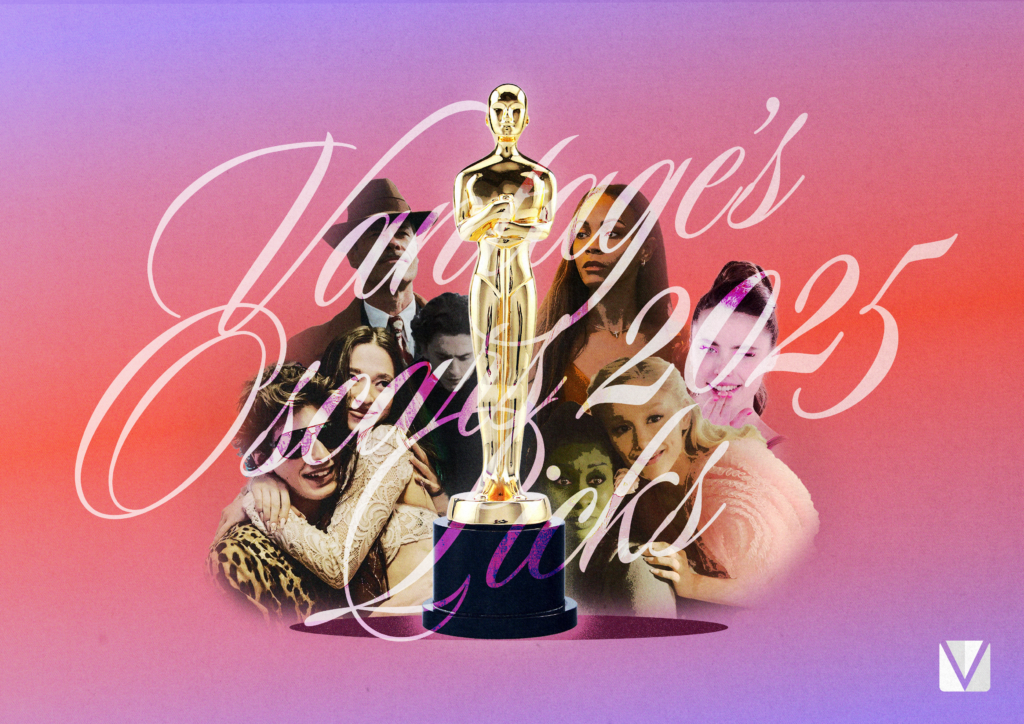Netflix’s Emily in Paris was met with a fanfare of criticism when it first premiered in October 2020. Critics mainly targeted how the show made a caricature out of French people and culture. Nonetheless, the show still drew in 58 million households in the first 28 days of streaming, making it Netflix’s most viewed comedy series in 2020.
Perhaps the numbers were fueled by the show’s notoriety as the face of hate-binging; no matter how low-brow the humor or how much the script was in poor taste, it’s undeniable how addictive this escapist dream is during quarantine.
Released in the last month of 2021, Emily in Paris Season 2 took all the hate in stride and gave us nine episodes of its trademark French fantasy wish-fulfillment to vastly surpass its first run. Instead of repeating formulaic episodes structured around Emily introducing her French co-workers and marketing clients to the American perspective, the show focuses on how Emily maintains the work and personal relationships she made.
We started off the season strong by watching Emily (Lily Collins) conflicted more than ever between pursuing her romance with her neighbor Gabriel (Lucas Bravo) and keeping her close friendship with Gabriel’s ex-girlfriend Camille (Camille Razat). The writers make it clearer that Emily is not infallible and that she can no longer solve problems with a smile and plucky attitude. Emily has to put more effort into gaining respect and admiration, which makes her wins more satisfying to watch.
However, it’s continuously frustrating that, despite all these reasons to further sympathize with the character, the showrunners still fail to provide us an actual reason to root for Emily and her romance with Gabriel. It’s difficult to stand by her choices when her instinctual response to every conflict is to lie and compromise when there’s no need to.
Collins—who is also one of the producers—has been fiercely defending her character from being called annoying. She and the other showrunners fail to realize that capitalizing on how unsympathetic Emily is, instead of trying to pass her off as a relatable protagonist, is actually better for the show’s direction. To put it plainly, Emily is messy and unlikeable—yet this is what we watch for. We watch shows like Emily in Paris for campy drama and self-indulgence.
While Emily still manages to grow as a character throughout the season, Gabriel became a shell of who he used to be in the first season; his boy-next-door charm and delicious tension with Emily nowhere to be seen anymore. His entire character is reduced to longing stares and indecisive tendencies between the two girls in his love triangle.
Fortunately, the supporting cast is much more successful in gaining the audience’s love and adoration, and it’s mainly because we actually know what they want. While Emily spends an entire season being indecisive and dishonest, the rest of the secondary storylines showcase the others putting in effort to achieve their desires. Season 2 did a fantastic job at spotlighting the lives of various characters beyond their involvements with Emily.
One notable example is Silvie (Philippine Leroy Beaulieu), who is easily a fan-favorite for the way she steals every scene with grace and poise. Her character development this season—which allows us to peer into her insecurities regarding love—has especially allowed us to get a deeper look into Silvie’s past beyond her role as the aloof boss. Additionally, Emily’s best friend Mindy (Ashley Park), was granted her own full storyline as well as a love interest that focused on her budding career as a singer.
The best addition to the story was the absolutely dreamy second-lead Alfie (Lucien Laviscount), an English banker whose scenes with Emily felt impeccably magnetic and real. Alfie’s introduction was refreshing because he stands as the only character willing to be direct and honest about his intentions. Unfortunately, Emily still continues to chase after Gabriel despite their chemistry growing stale. It makes us wonder whether Alfie will be added to the list of Netflix people of color love interests who get passed over for the less deserving, white male leads.
It’s also worth mentioning that as Emily in Paris continues to present itself as a fashion-focused series, the series still fails to integrate the actual pieces into the storyline itself. While the classic Parisian styles of Camille and Sylvie make sense for their work—with Camille being an art gallery curator and Sylvie representing the traditional French mindset within Savoir—Emily still fails to justify their exuberant wardrobe. Her outfits constantly make one wonder: “Is this outfit good or is she just skinny?” The character’s style is characterized by bold color and print with clashing patterns, which ends up being more of an eyesore than a proper representation of Emily’s bright and perky personality.
Despite all its hiccups, the season is still entirely enjoyable for its easy-to-watch escapism. The lavish parties and stunning scenery are so easy to get lost in that it’s almost impossible not to feel a yearning for Emily’s new luxurious lifestyle. While the overall storytelling may falter from time to time, the show still manages to bring out the ultimate French fantasy through its gorgeous shots of the Parisian streets, Champagne’s greenery, and Saint-Tropez’s idyllic beach town. The stark contrast between its campy aesthetic against Paris’s classic beauty can make us easily click the next episode until we finish the entire show overnight.
Emily in Paris is a show that you’d love to hate for its over the top drama—one to keep in your Netflix list as a solid guilty pleasure.






